Starting a professional recording studio from scratch is an exciting venture, but it requires careful planning, expertise, and a solid understanding of the tools and techniques needed to create a space that meets your creative demands. Whether you’re a seasoned musician or a budding producer, building a recording studio can seem daunting, especially when considering the technical aspects, budget constraints, and the need for a functional layout. In this comprehensive guide, we’ll walk you through the essential steps and provide valuable tips to help you establish a recording studio that not only meets your needs but also stands out in the competitive world of audio production. From choosing the right equipment to optimizing your space for optimal sound quality, this article offers actionable advice and insights to ensure your recording studio becomes a hub for creativity and success.
Creating a professional recording studio from scratch involves several key steps, each requiring careful consideration and planning. Here’s a structured approach to guide you through the process:
1. Location Selection
- Urban vs. Suburban: Choose a location that balances accessibility with tranquility. Urban areas offer higher visibility and potential client traffic, while suburban or rural locations provide a quieter environment conducive to creativity. Consider your budget and target audience when making this decision.
2. Equipment Setup
- Essentials: Invest in high-quality microphones, audio interfaces, and mixing consoles. Research reputable brands and consider your space constraints for setup. Affordable gear can be effective if it meets your needs.
- Space Management: Utilize your space efficiently. Consider modular setups or flexible configurations to accommodate your equipment without cluttering the room.
3. Studio Environment
- Design and Decor: Create a welcoming and inspiring atmosphere with comfortable furniture and artwork. Focus on functionality by ensuring the layout supports both creativity and efficiency.
- Acoustics: Address soundproofing to maintain recording quality. Explore DIY solutions or professional installations to manage costs effectively.
4. Staff Recruitment and Training
- Hiring: Seek experienced and reliable engineers. Network in the industry or use platforms to connect with skilled professionals.
- Training: Provide necessary training to ensure your team stays updated with technological advancements and best practices.
5. Marketing and Branding
- Online Presence: Develop a professional website and active social media strategy to attract clients. Use SEO and content marketing to improve visibility.
- Brand Identity: Create a unique logo and tagline that reflects your studio’s personality. Consider packaging your services in a way that stands out.
6. Client Relationships
- Trust Building: Showcase your portfolio and gather testimonials to build credibility. Offer initial consultations to demonstrate your commitment to client satisfaction.
7. Innovation and Technology
- Stay Updated: Dedicate time to learning new technologies and techniques. Attend workshops or online courses to keep your skills sharp.
8. Safety Measures
- Risk Management: Implement basic safety guidelines, such as fire prevention measures, electrical safety protocols, and proper acoustics. Conduct regular inspections and consult professionals for specialized advice.
By prioritizing these steps and seeking support from industry experts or forums, you can navigate the challenges of building a professional recording studio. Remember, continuous learning and adaptability are key to staying competitive in this dynamic field.
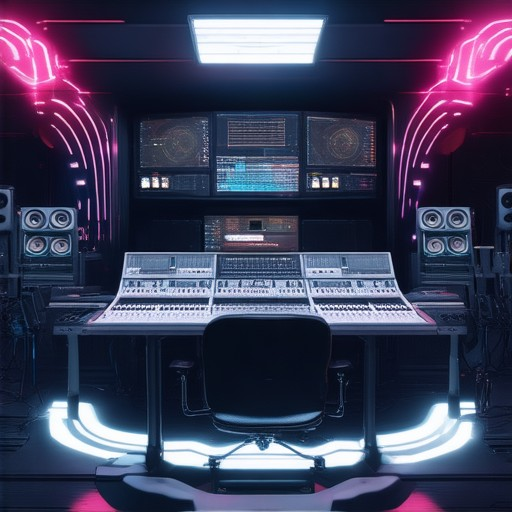
How to Build a Professional Recording Studio
Creating a high-quality recording studio involves several key steps, from setting up the right environment to selecting the best equipment. Here’s a step-by-step guide to building a functional and acoustically optimized recording space:
- 1. Assess Your Space and Acoustics
- Measure the dimensions of your room to ensure it meets the necessary criteria for optimal sound reproduction.
- Install soundproofing materials on walls and ceilings to minimize external noise and echo.
- Consider adding bass traps and diffusive elements to improve low-frequency control and overall sound quality.
- 2. Select Essential Equipment
- Microphones: Invest in high-quality condenser or dynamic microphones depending on your recording needs. Popular options include the Shure SM58 and AKG Perception.
- Audio Interface: Choose a reliable interface like the PreSonus AudioBox or Focusrite Scarlett to connect your mics and record clean audio.
- Headphones/Speakers: Use professional-grade headphones or studio monitors like the Sony MDR-7506 or KRK V Series.
- Software: Install a Digital Audio Workstation (DAW) such as Ableton Live, Pro Tools, or the free Audacity software.
- 3. Set Up Your Room Properly
- Position your main monitor at ear level, approximately 2 feet away from your listening position for accurate monitoring.
- Place your keyboard, chair, and other furniture in a logical layout that maximizes comfort and workflow efficiency.
- Set up your speaker system to ensure accurate sound reproduction across the room.
- 4. Optimize Lighting and Ergonomics
- Install task lighting to ensure adequate illumination for all activities.
- Choose an ergonomic chair or standing desk to reduce fatigue during long sessions.
- Organize cables neatly using cable management solutions to prevent tangling and tripping hazards.
- 5. Test and Fine-Tune Your Setup
- Connect all your equipment and run a test recording to identify any issues with sound quality or acoustics.
- Use EMI/RFI filters on your audio interfaces to minimize interference.
- Calibrate your monitors to ensure accurate sound reproduction across different tracks and genres.
By following these steps, you can create a professional-grade recording studio that meets your needs for high-quality audio production. Whether you’re recording music, podcasts, or other audio content, having a well-set-up space and the right tools will make a significant difference in your results.
What to Know Before Going to a Recording Studio
To ensure a smooth and productive recording session, here’s a comprehensive guide to prepare yourself:
- Research the Studio:** Check the studio’s reputation, facilities, and past work. Reading reviews and testimonials can provide valuable insights.
- Check Your Gear:** Ensure all necessary instruments, cables, and accessories are prepared and functional. Don’t rely solely on the studio’s equipment unless specified.
- Prepare Music Files:** Organize and upload your tracks beforehand. Label them clearly to avoid confusion during the session.
- Review the Schedule:** Confirm the session duration, start time, and any specific requirements or expectations from the producer/engineer.
- Arrive Early:** Allow extra time for setup and adjustments to ensure you’re ready when the session begins.
- Communicate Clearly:** Discuss your vision, preferences, and any specific needs with the engineer upfront to align expectations.
- Dress Appropriately:** Studios often have specific dress codes. Check with the studio beforehand to avoid discomfort or issues.
- Budget Considerations:** Understand the cost breakdown and payment methods. Have cash or digital payment options ready if needed.
- Review the Contract:** Carefully read and understand the agreement, including cancellation policies and payment terms.
By taking these steps, you’ll be well-prepared to make the most of your recording experience and achieve the best possible outcome.
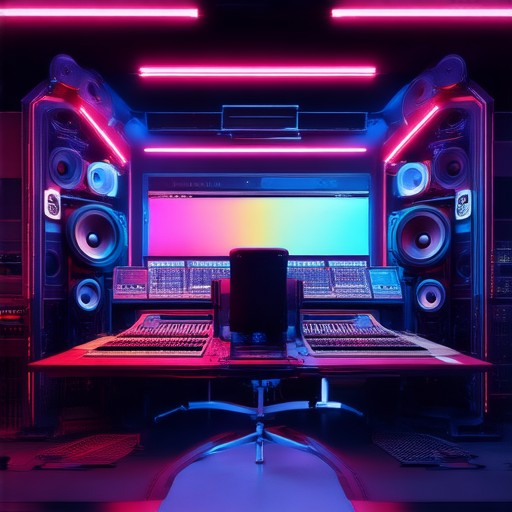
How Much Is a 1-Hour Studio Session?
The cost of a 1-hour studio session varies depending on several factors:
- Location: Studios in major cities like New York or Los Angeles typically charge more due to higher demand and expenses.
- Studio Type: Basic studios may cost between $50 to $150 per hour, while high-end facilities can reach up to $300 per hour.
- Duration Discounts: Some studios offer discounts for longer booking durations.
- Additional Fees: Be sure to inquire about any extra charges for equipment, setup, or engineer fees.
For the most accurate pricing, we recommend checking local studio availability and booking in advance, as popular spots can fill up quickly.
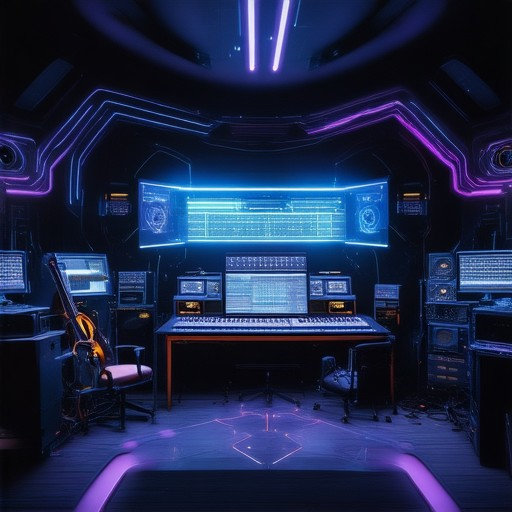
What Makes a Recording Studio Successful?
A successful recording studio combines several key factors to create an optimal environment for artists and engineers. Here’s a breakdown of what sets a recording studio apart:
- Prime Location :
- The studio should be situated in a convenient yet distraction-free area. While urban studios may offer easier access to potential clients, suburban or rural locations can provide a quieter setting conducive to creativity.
- State-of-the-Art Equipment :
- High-quality microphones, audio interfaces, and mixing consoles are essential. The equipment should be versatile enough to handle various genres and projects, ensuring flexibility for different recording needs.
- Comfortable and Inspiring Environment :
- A welcoming atmosphere is crucial. Comfortable seating, good acoustics, and a calm vibe can inspire creativity. Adding small touches like refreshments or scenic views can enhance the experience.
- Experienced and Professional Staff :
- A knowledgeable engineering team can significantly impact the quality of the recordings. Their expertise, combined with a friendly demeanor, creates a professional and stress-free experience for clients.
- Effective Marketing and Branding :
- A strong online presence through a professional website and social media platforms helps attract clients. Consistent branding, including a memorable logo and tagline, reinforces the studio’s identity.
- Client-Centric Approach :
- Building trust and communication with clients fosters long-term relationships. Tailoring services to meet specific needs demonstrates care and understanding, leading to repeat business.
- Commitment to Innovation :
- Staying updated with the latest technology ensures the studio remains competitive. Offering cutting-edge services like live tracking or advanced mixing can set the studio apart from others.
- Word-of-Mouth Reputation :
- Positive client experiences are key to growth. Providing an exceptional service and high-quality results encourages clients to refer others, boosting the studio’s popularity.
By balancing these elements, a recording studio can establish itself as a go-to destination for artists and producers seeking top-tier facilities and service.
How Much Money Does the Average Recording Studio Make?
As of the latest data available, the average annual pay for a Recording Studio professional in the United States is approximately $53,399 per year. This figure may vary based on several factors including location, experience, and the type of services offered by the studio.
Influencing Factors
- Location: Studios located in urban areas with higher costs of living, such as New York or Los Angeles, often pay higher salaries due to the demand for high-quality recording services.
- Experience Level: Entry-level positions may start around **$30,000 to $50,000 annually**, while senior-level professionals or those with significant experience can earn upwards of **$80,000 to $120,000 per year**.
- Studio Type: Independent studios may pay differently compared to those owned by larger companies or media conglomerates.
- Demand: High demand in certain markets can drive up salaries, while competition in others may keep rates lower.
Role Variations
- Audio Engineers: Typically earn between $45,000 and $90,000 annually .
- Sound Engineers: Range from $40,000 to $100,000 per year .
- Production Assistants: Often start around $35,000 to $60,000 annually .
Career Growth
The recording studio industry offers opportunities for advancement, with experienced professionals often earning significantly more. With proper networking and skill development, individuals can advance into higher-paying roles or open their own studios.
This information is sourced from current market trends and employment data, reflecting the evolving landscape of the recording industry.
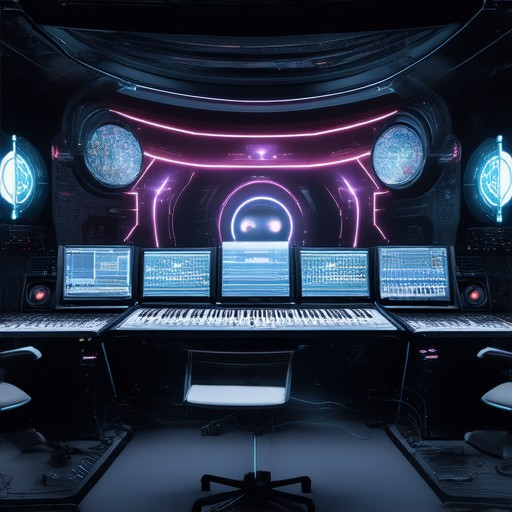
Risks of Recording Studio
The recording studio environment presents several potential hazards that need to be carefully managed to ensure safety and functionality. Below are the primary risks associated with recording studios, along with recommended hazard controls:
1. Fire Hazards
- Hazard: Risk of fire starting from electrical faults, smoking, or flammable materials.
- Controls:
- Location of fire exits and fire alarms.
- Evacuation drills and procedures.
- Smoke detectors and fire suppression systems.
2. Electrical Risks
- Hazard: Risk of electric shock from faulty or poorly maintained equipment, incorrect electrical supply, or inappropriate equipment usage.
- Controls:
- Regular equipment maintenance and testing.
- Use of surge protectors and proper power strips.
- Appropriate grounding and wiring.
3. Acoustic Issues
- Hazard: Poor acoustic treatment leading to sound leakage, noise pollution, or discomfort for performers and engineers.
- Controls:
- Soundproofing walls and ceilings.
- Use of acoustic panels and bass traps.
- Minimize external noise sources.
4. Environmental Concerns
- Hazard: Temperature control issues, humidity, or inadequate ventilation leading to equipment damage or health concerns.
- Controls:
- Air conditioning and heating systems.
- Dehumidifiers to prevent moisture damage.
- Proper ventilation for exhaust fumes and dust.
5. Conclusion
Recording studios require careful consideration of safety, functionality, and comfort. By implementing proper hazard controls and maintaining regular inspections, studio owners and operators can minimize risks and ensure a productive environment. Always consult with professionals for specialized advice and equipment installation.


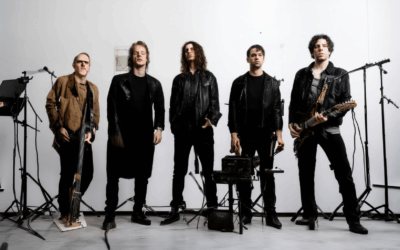
0 Comments